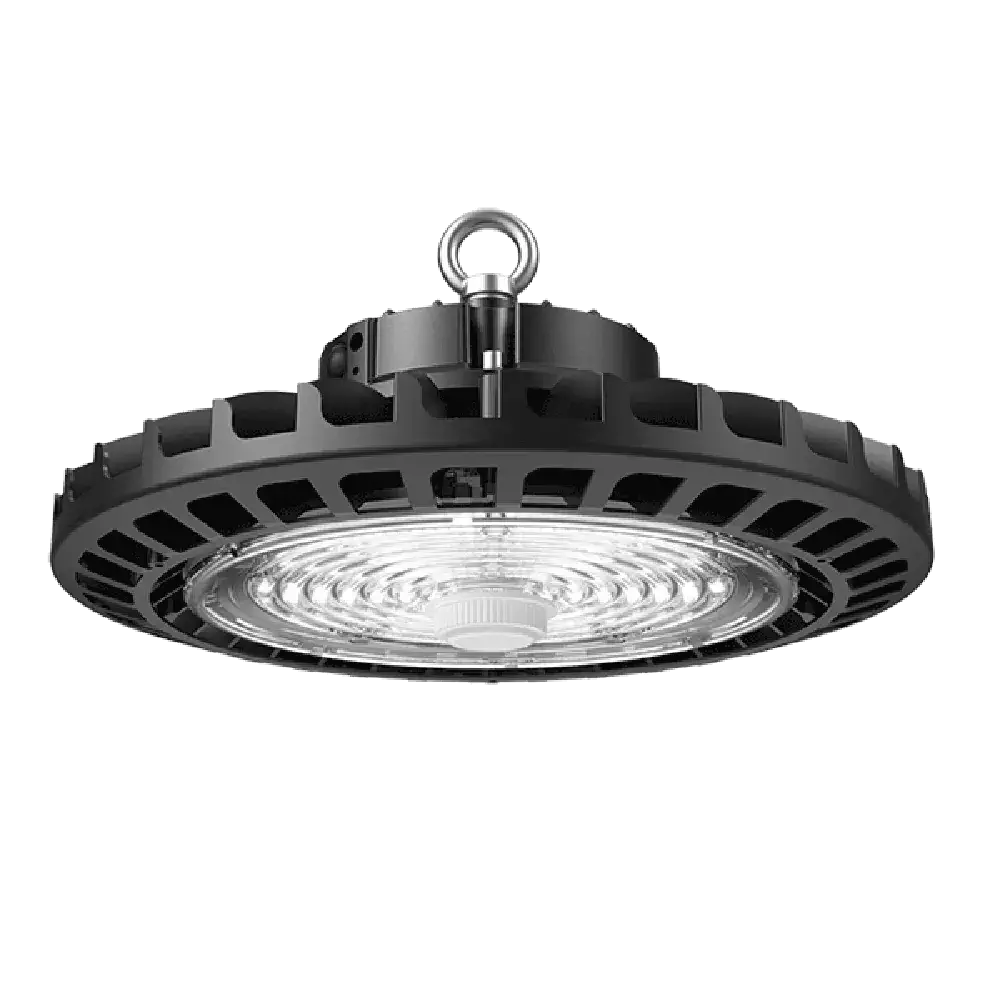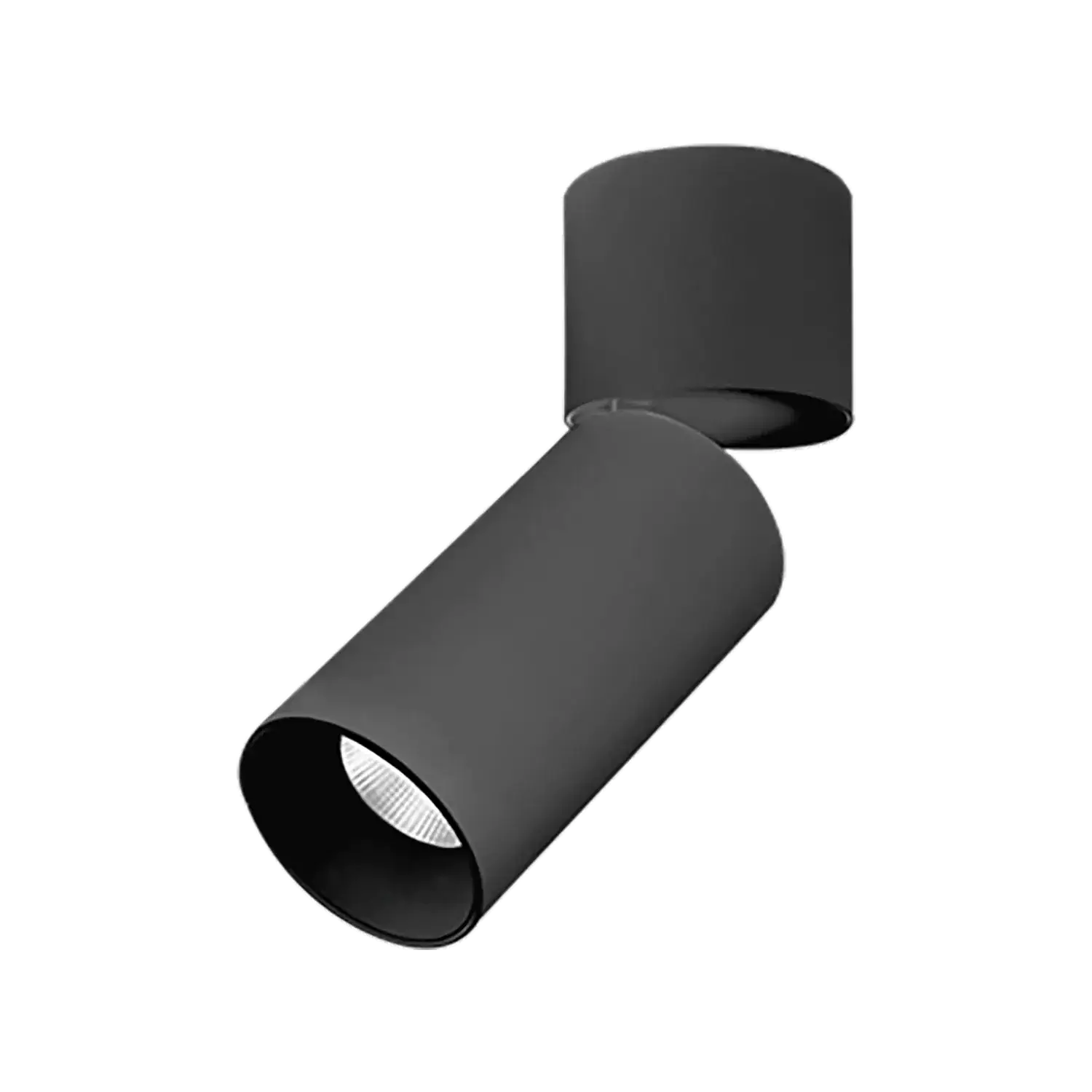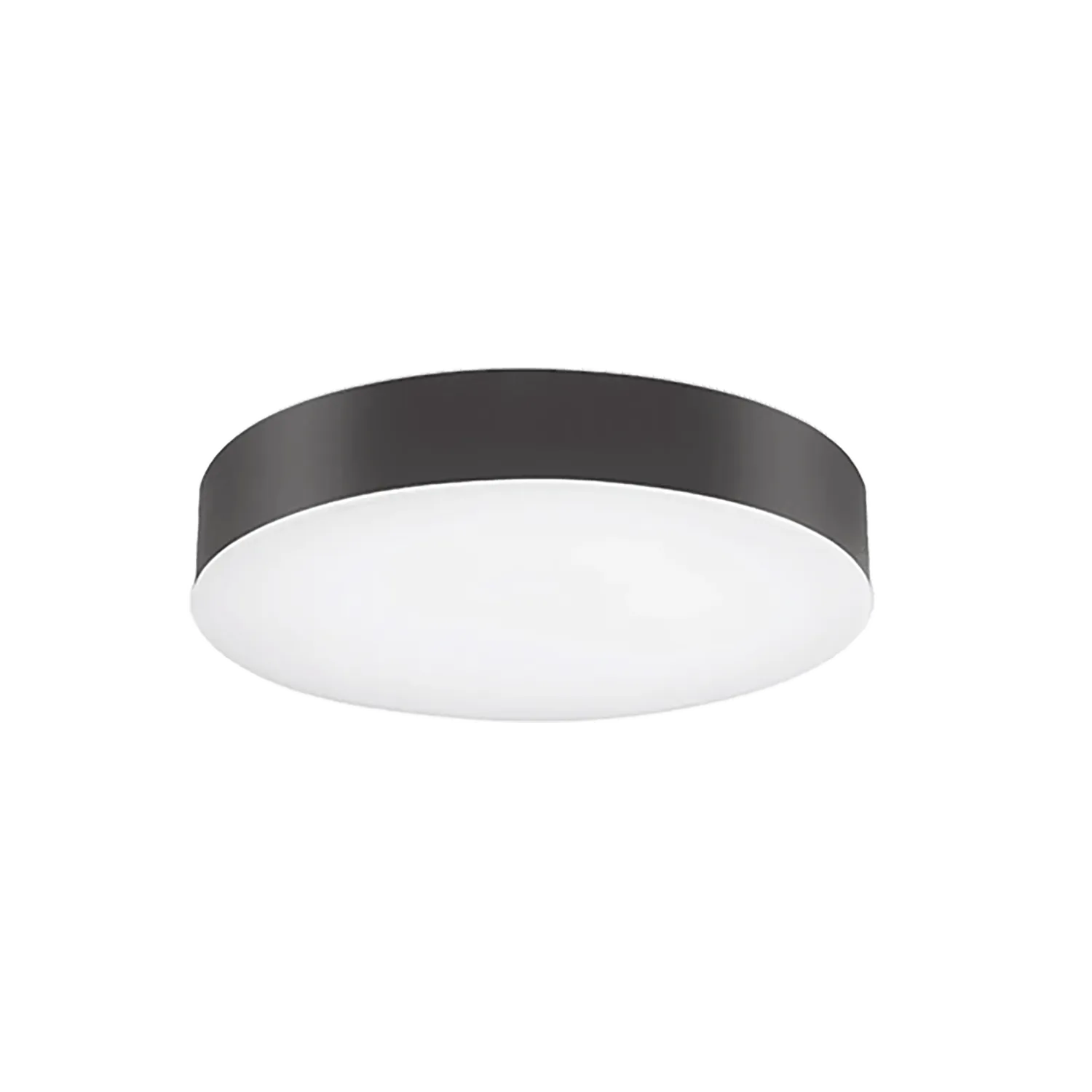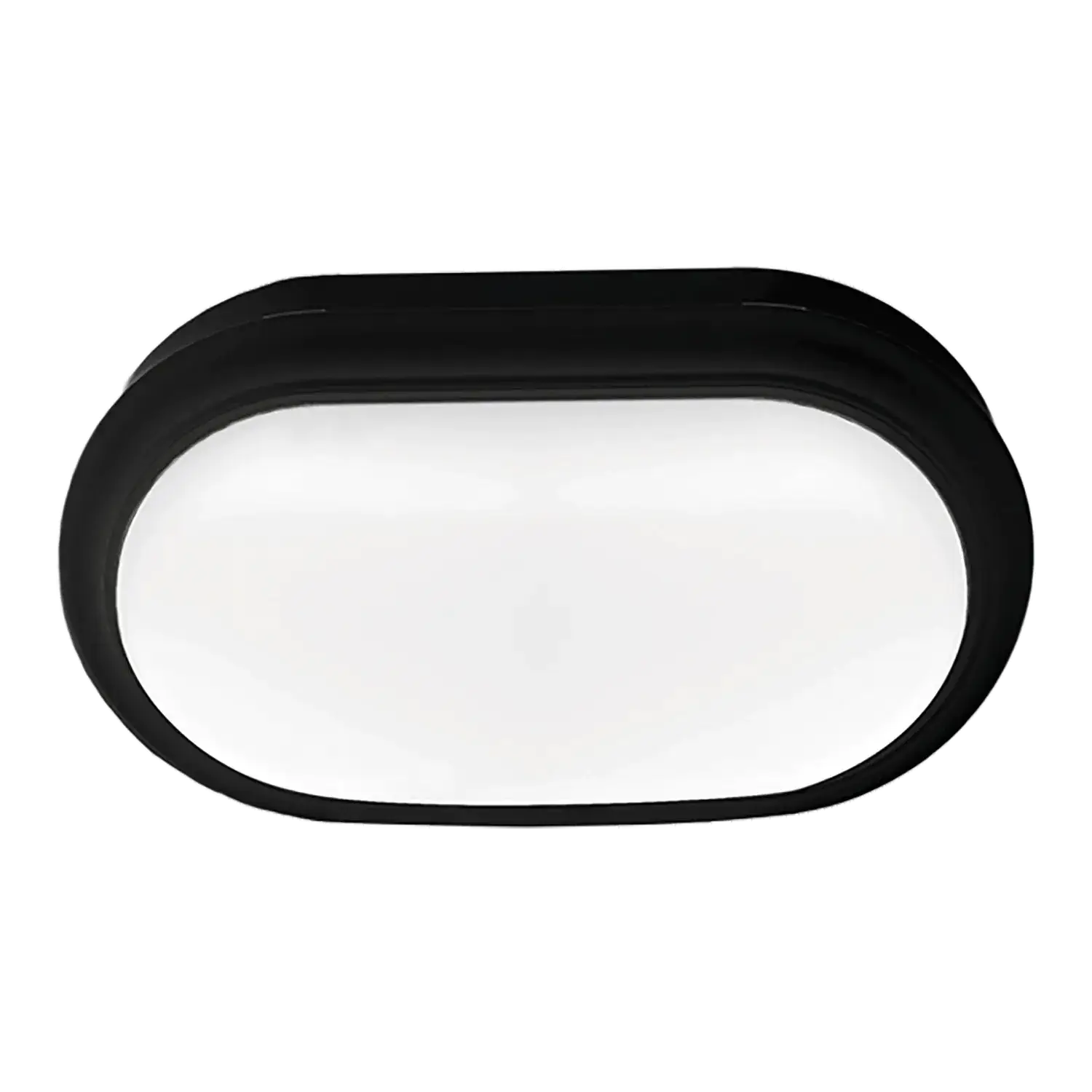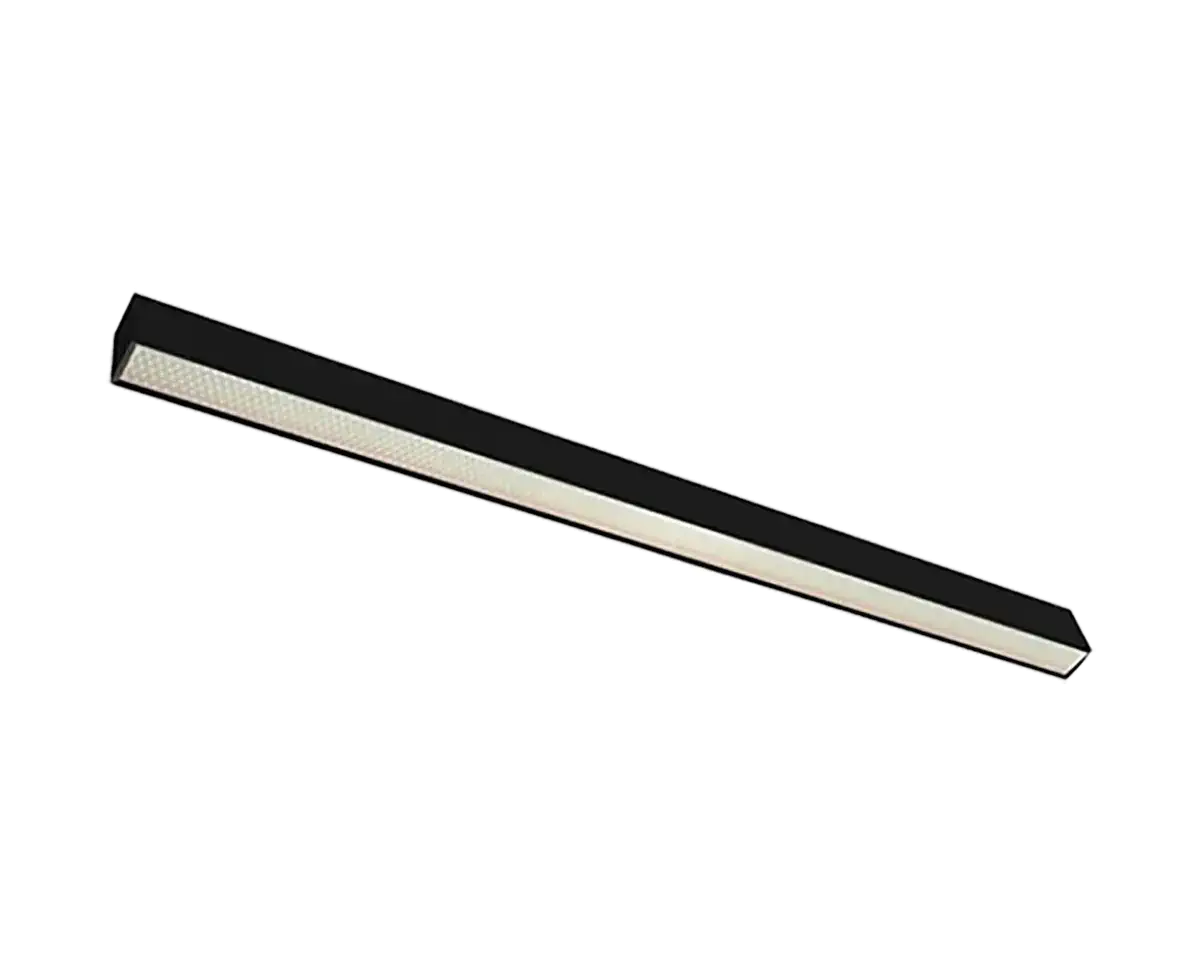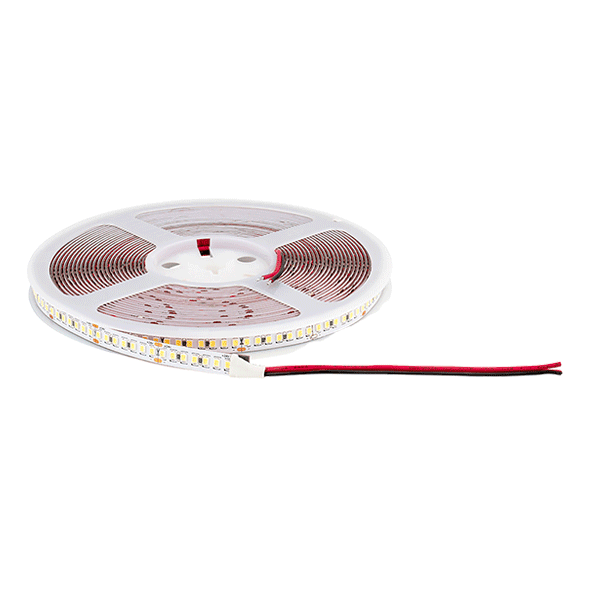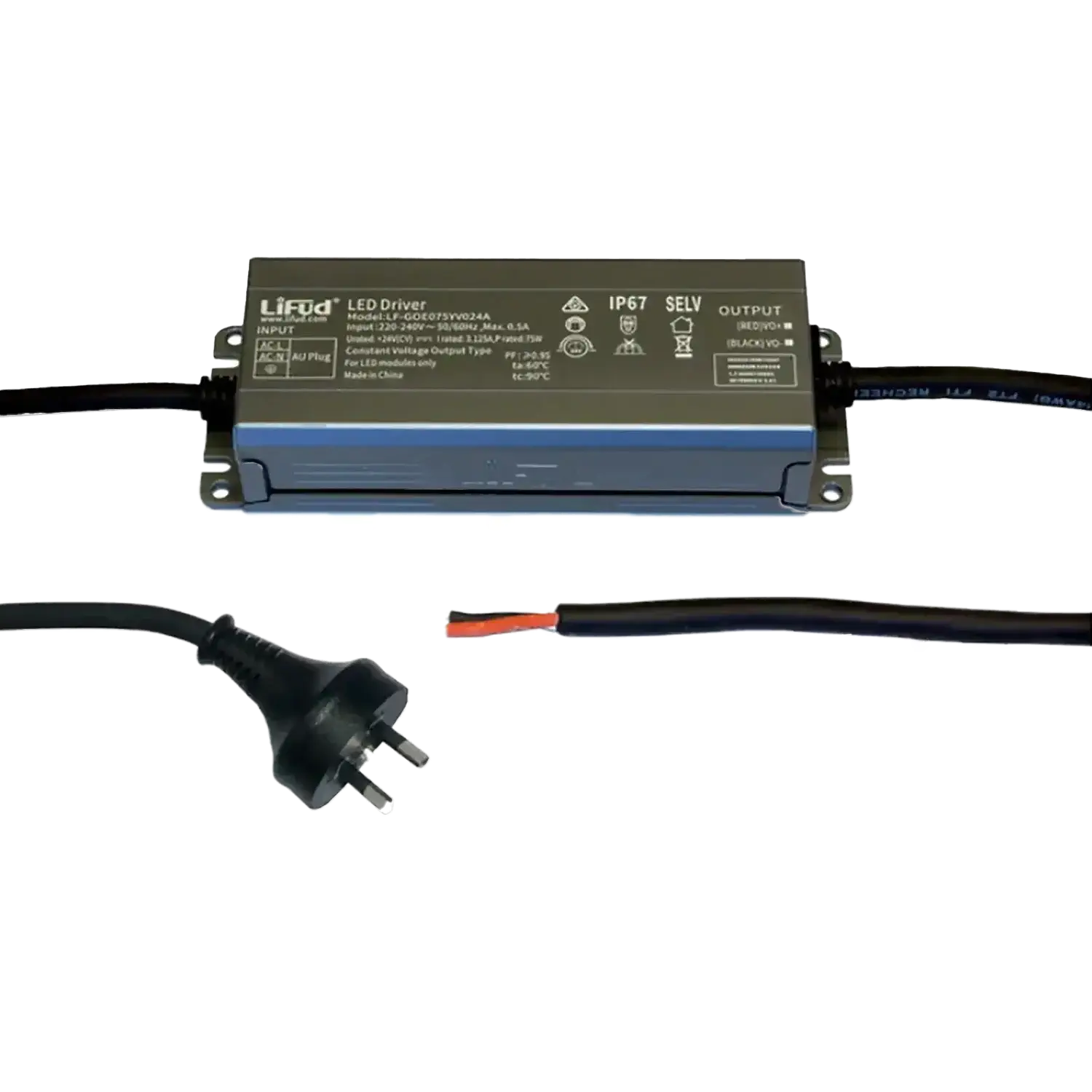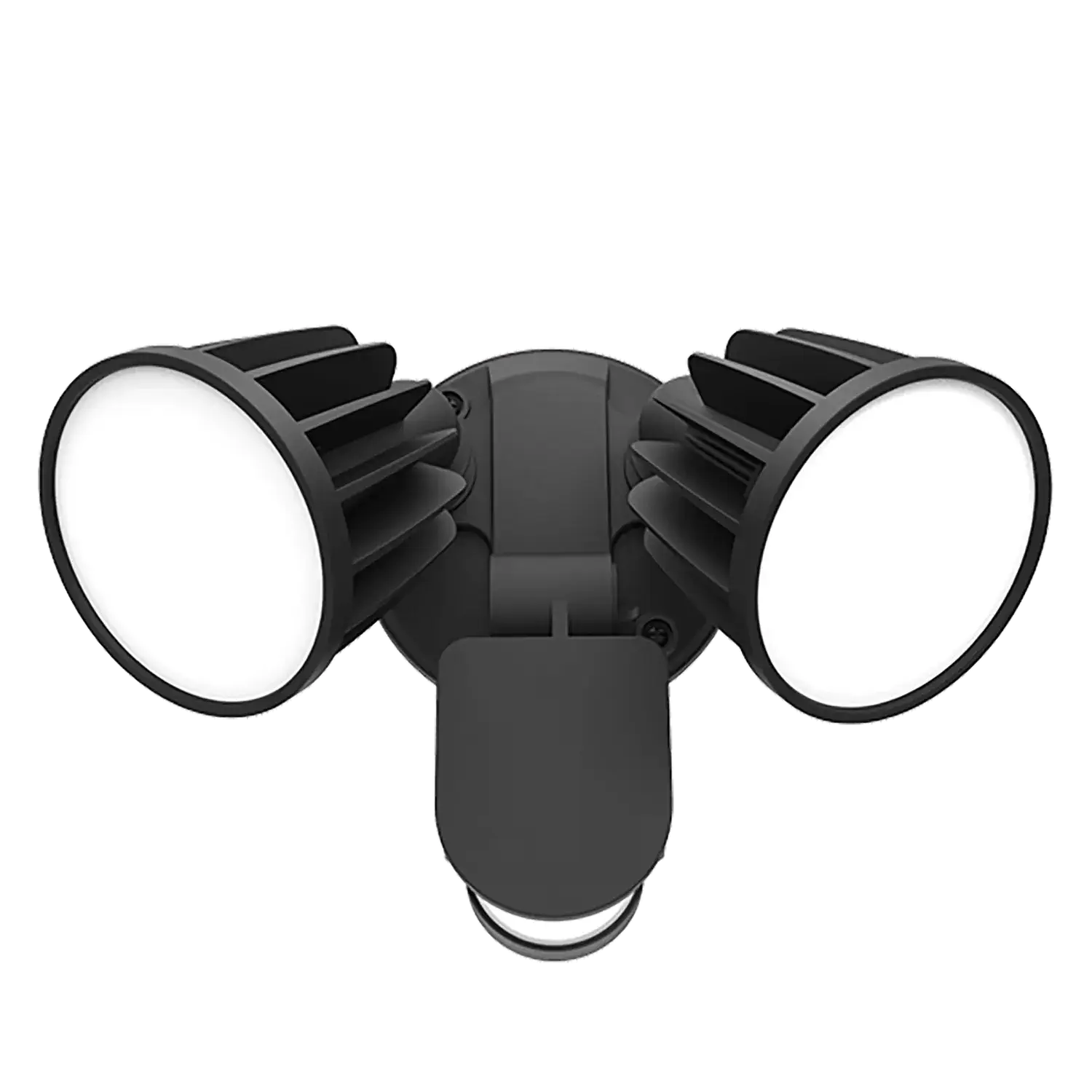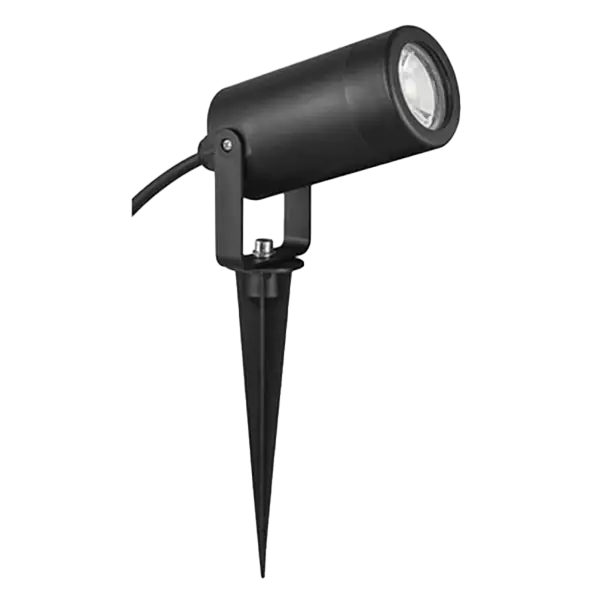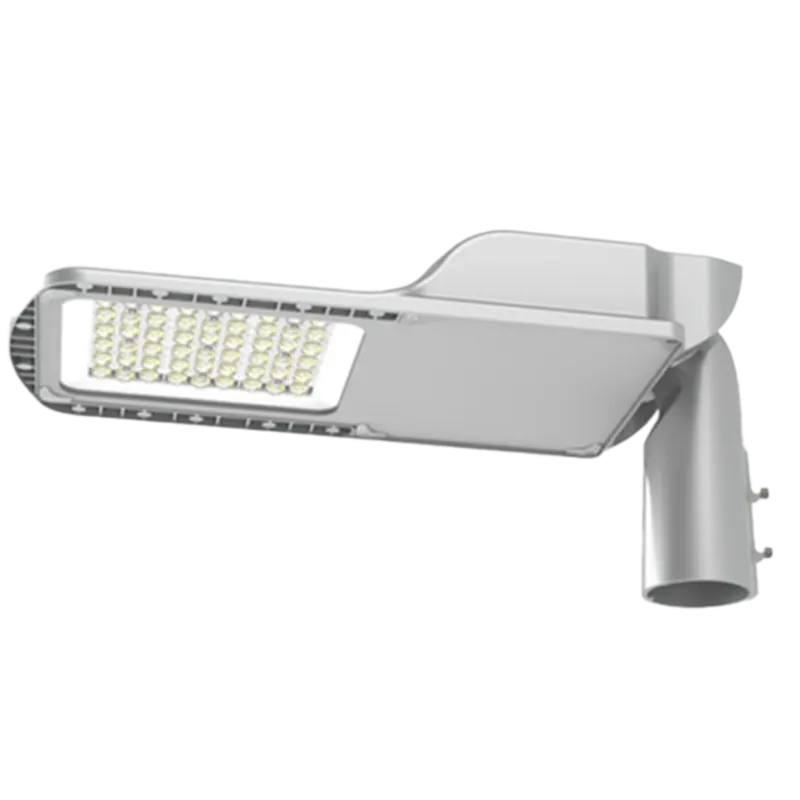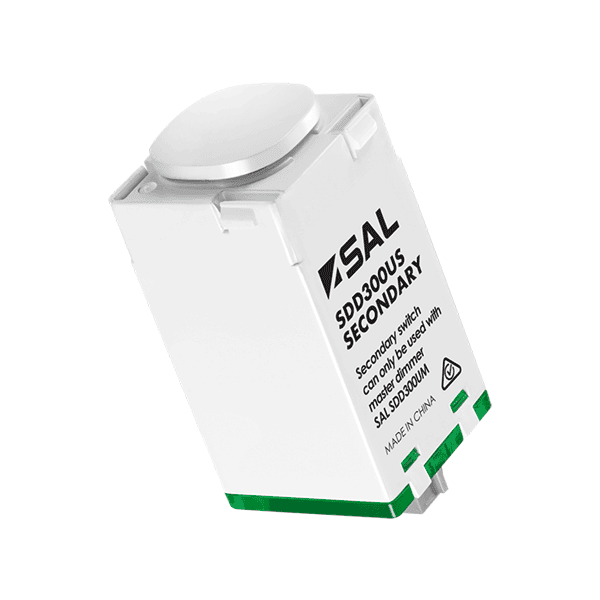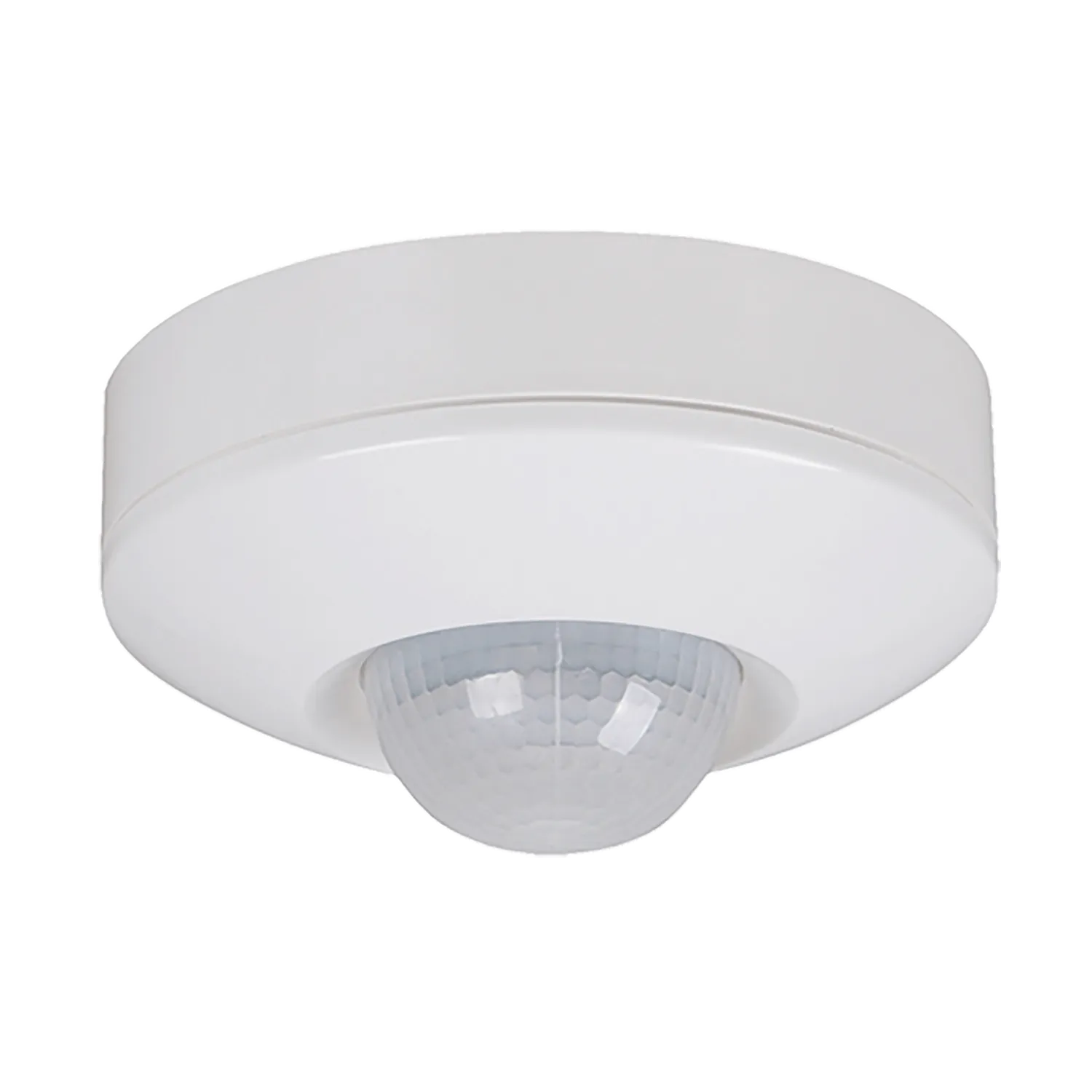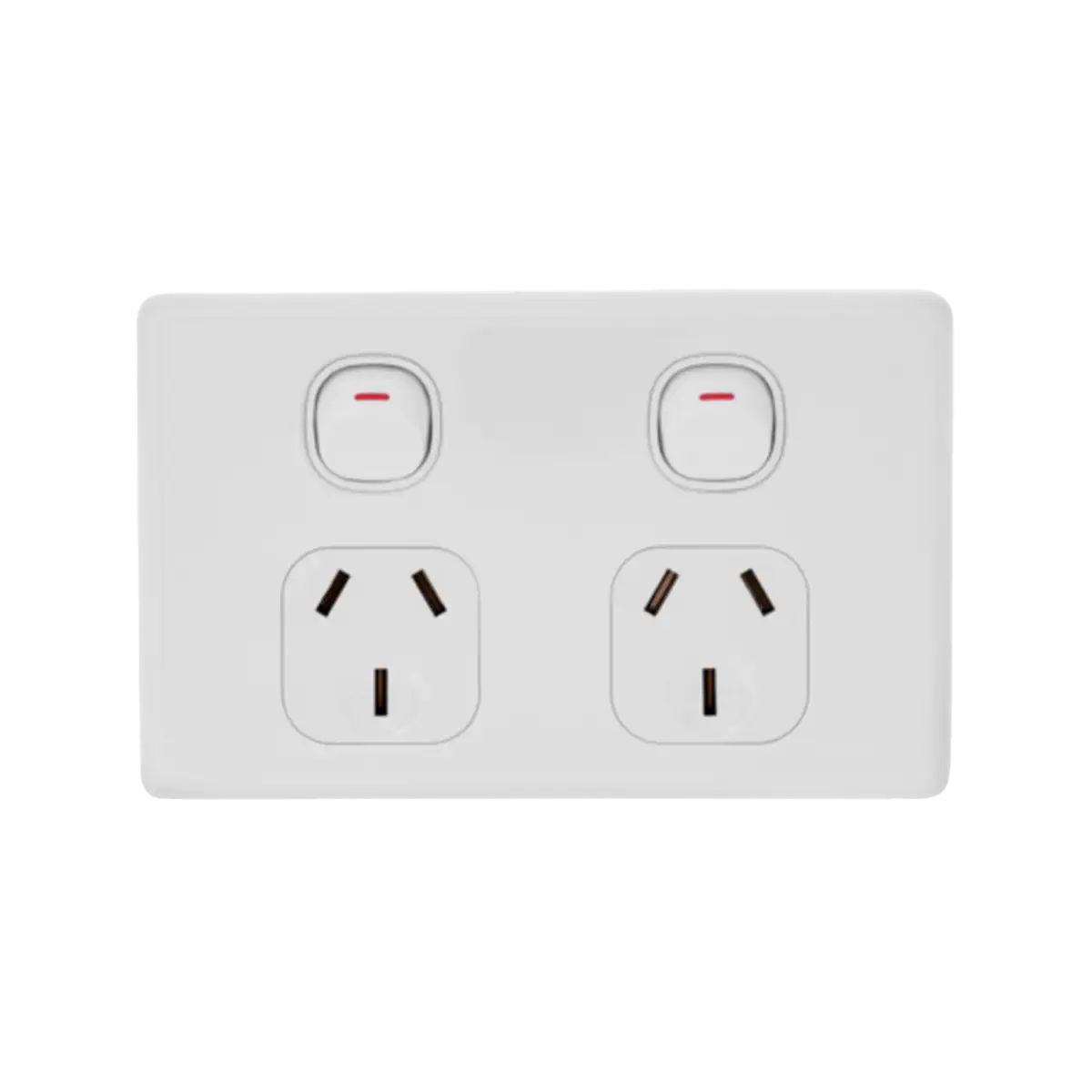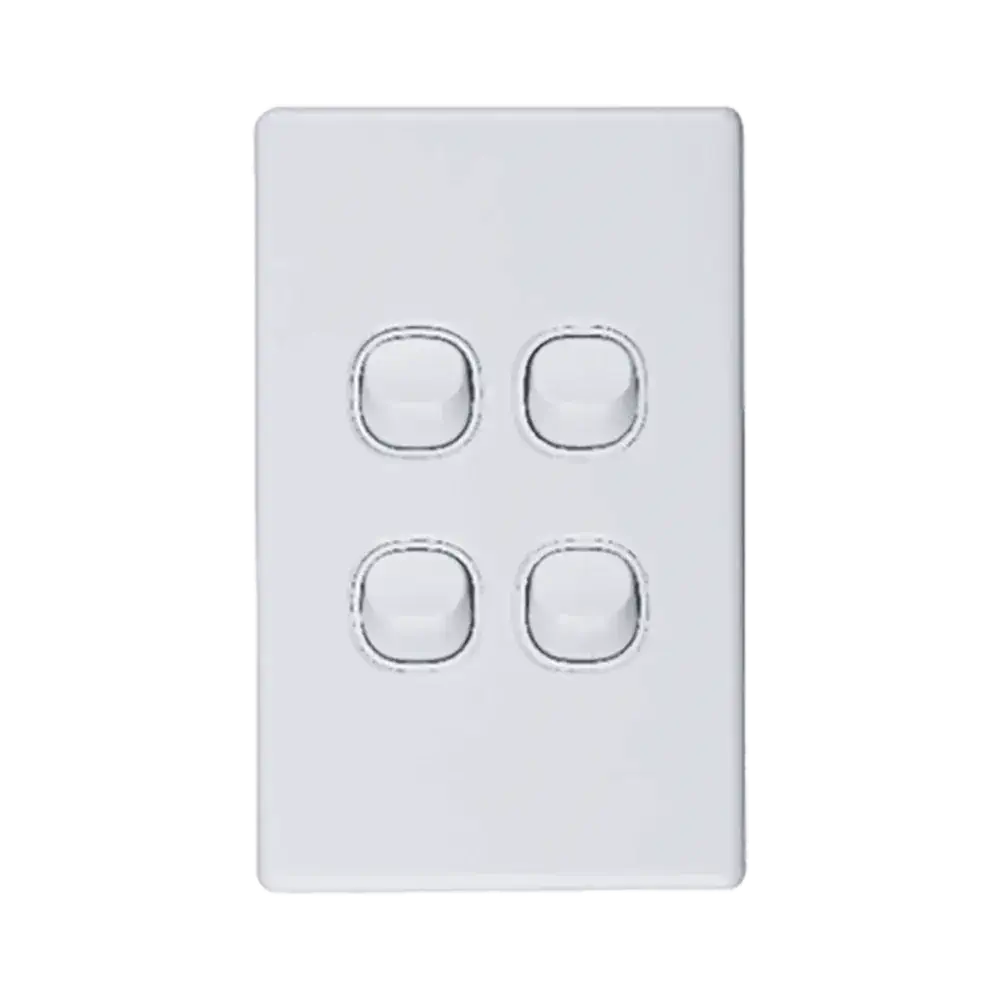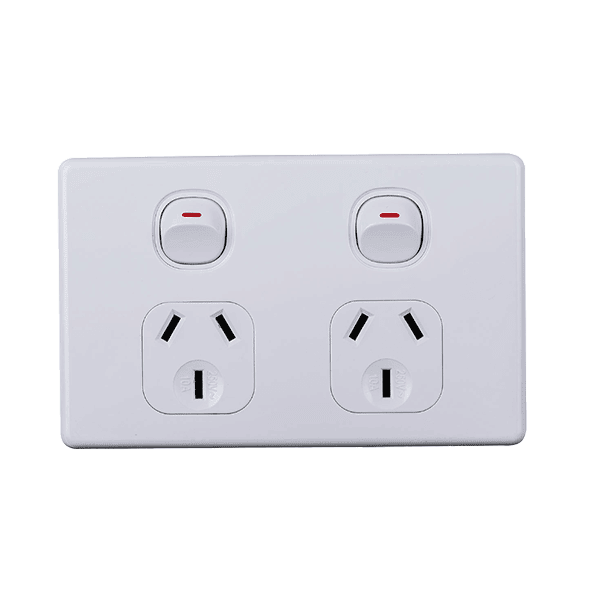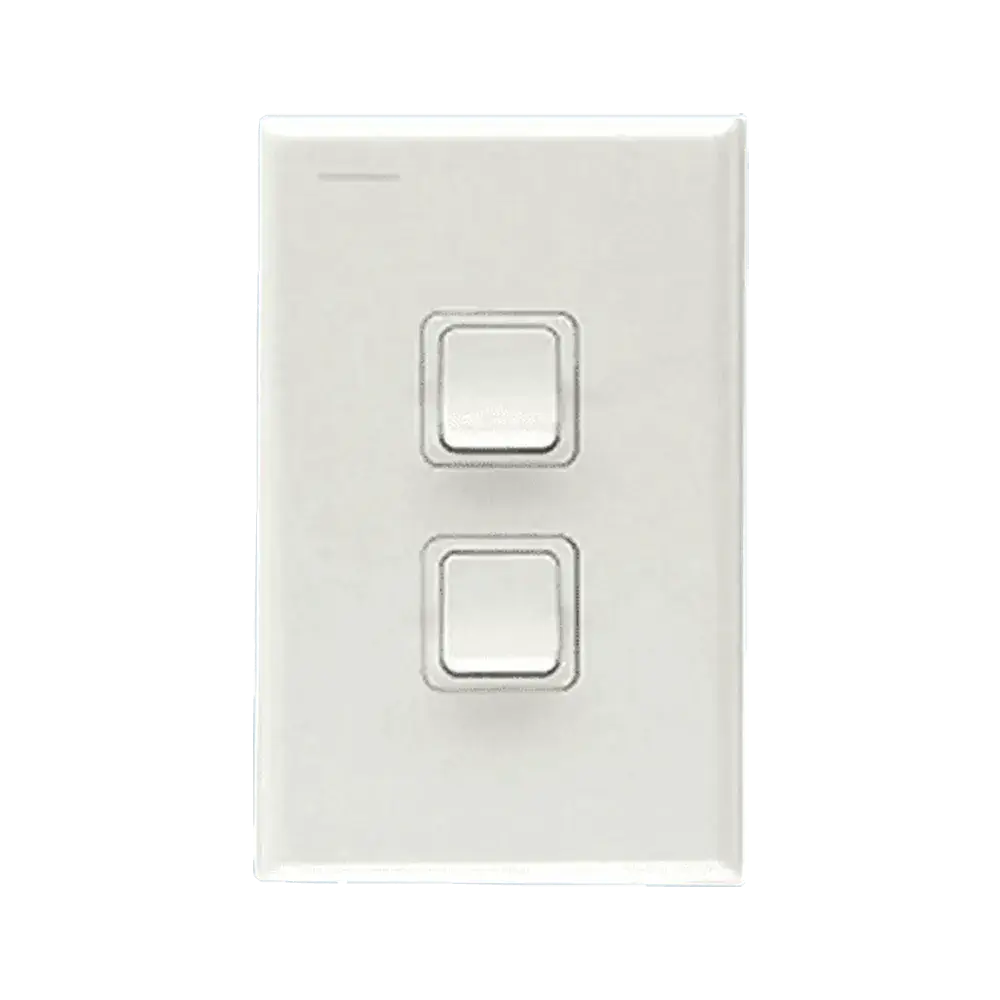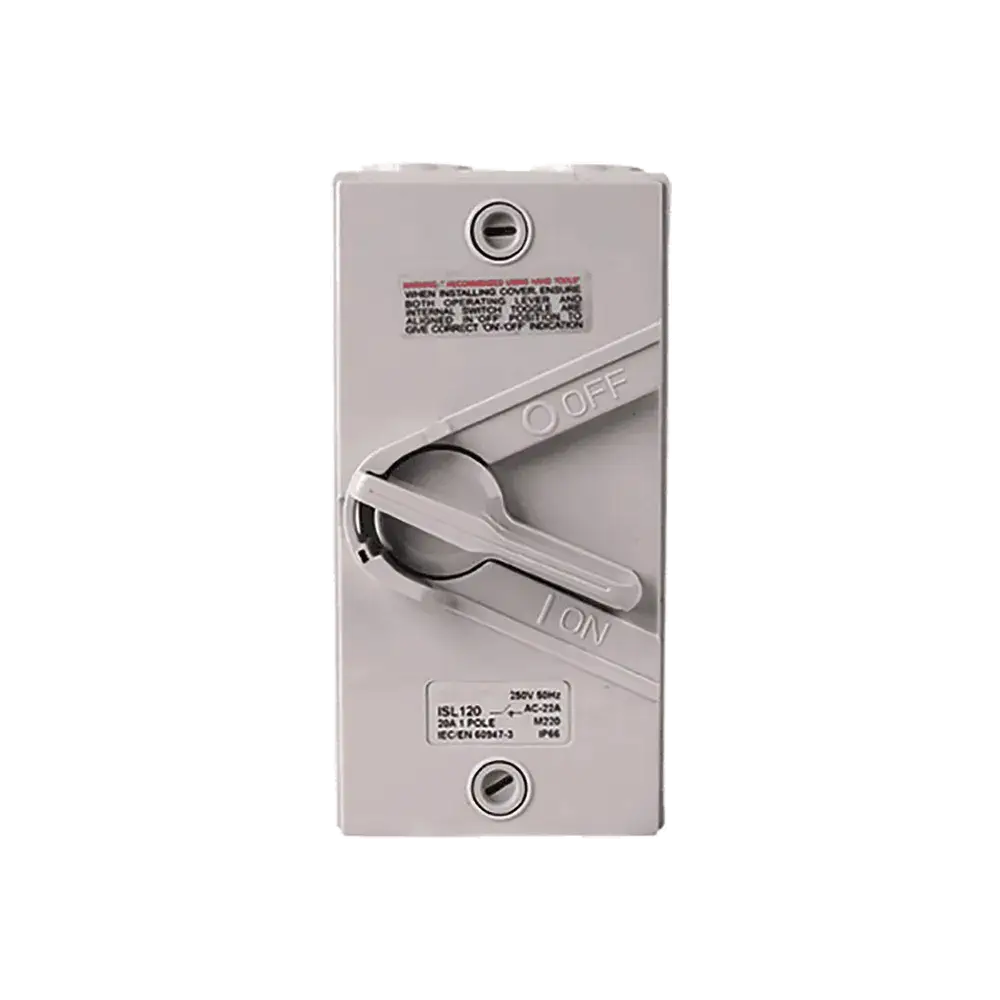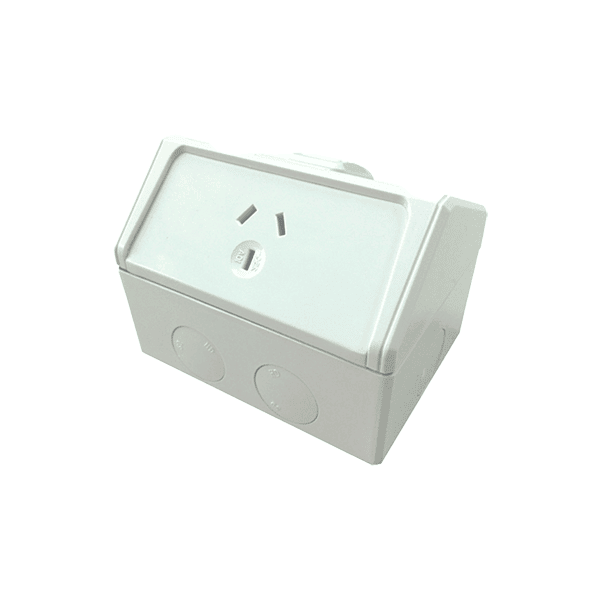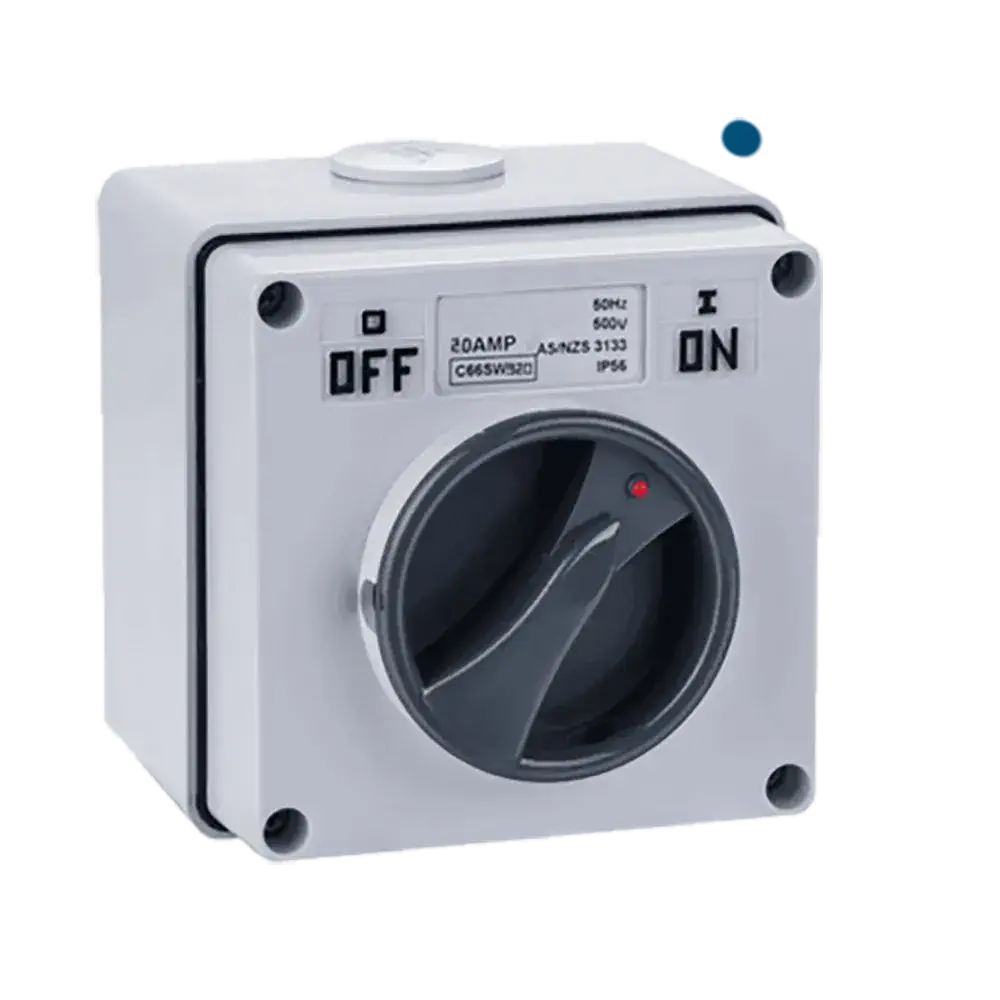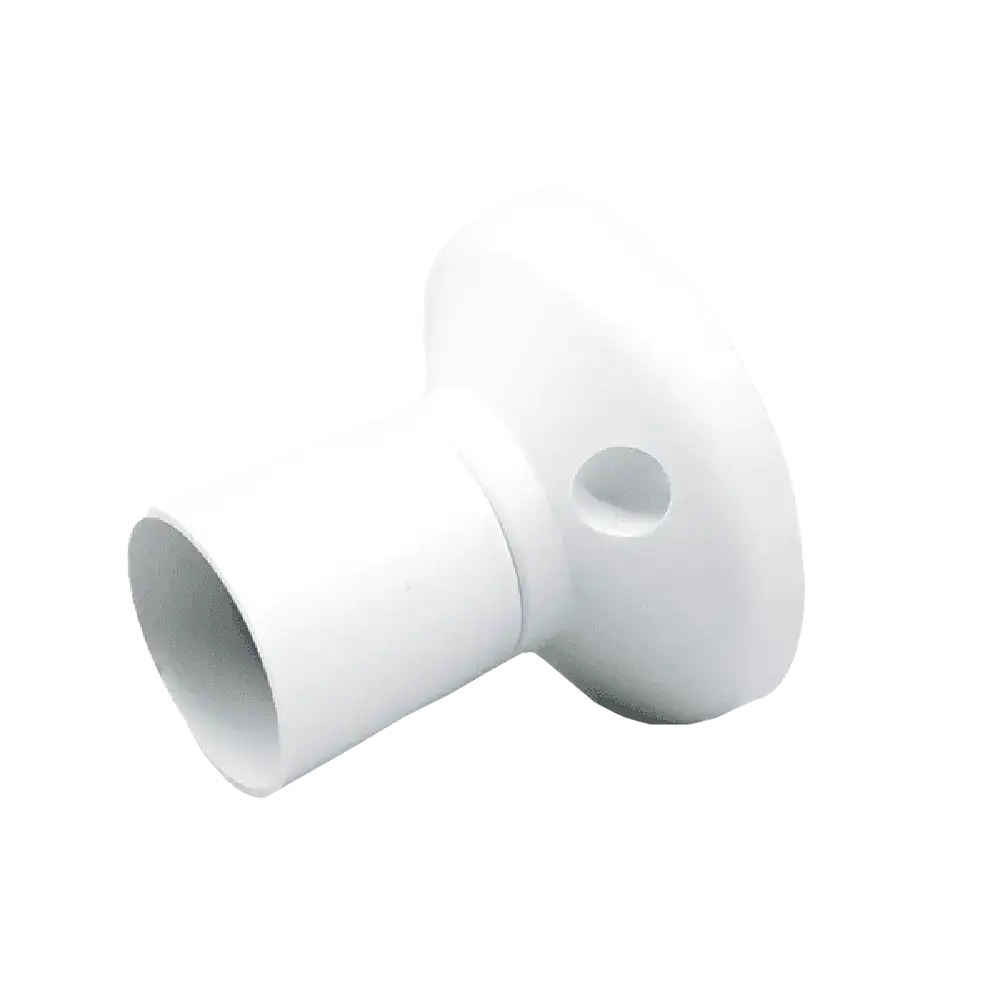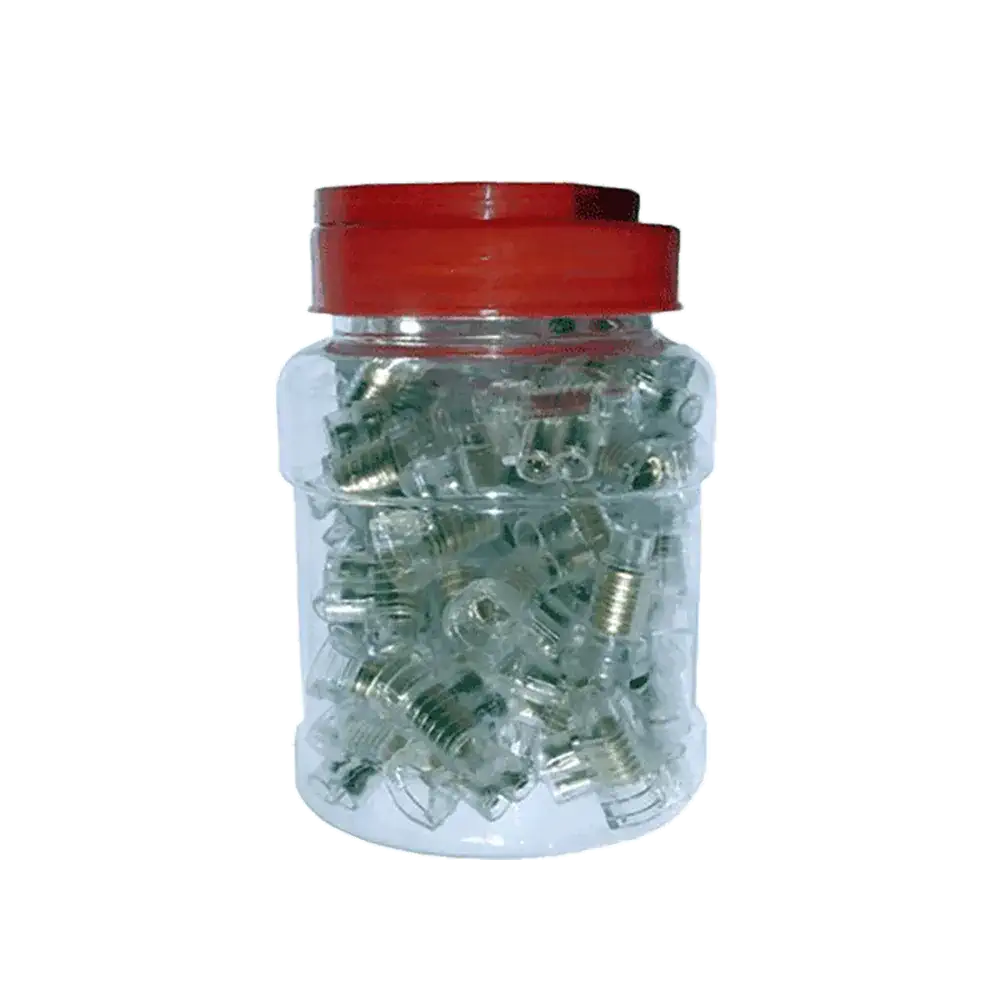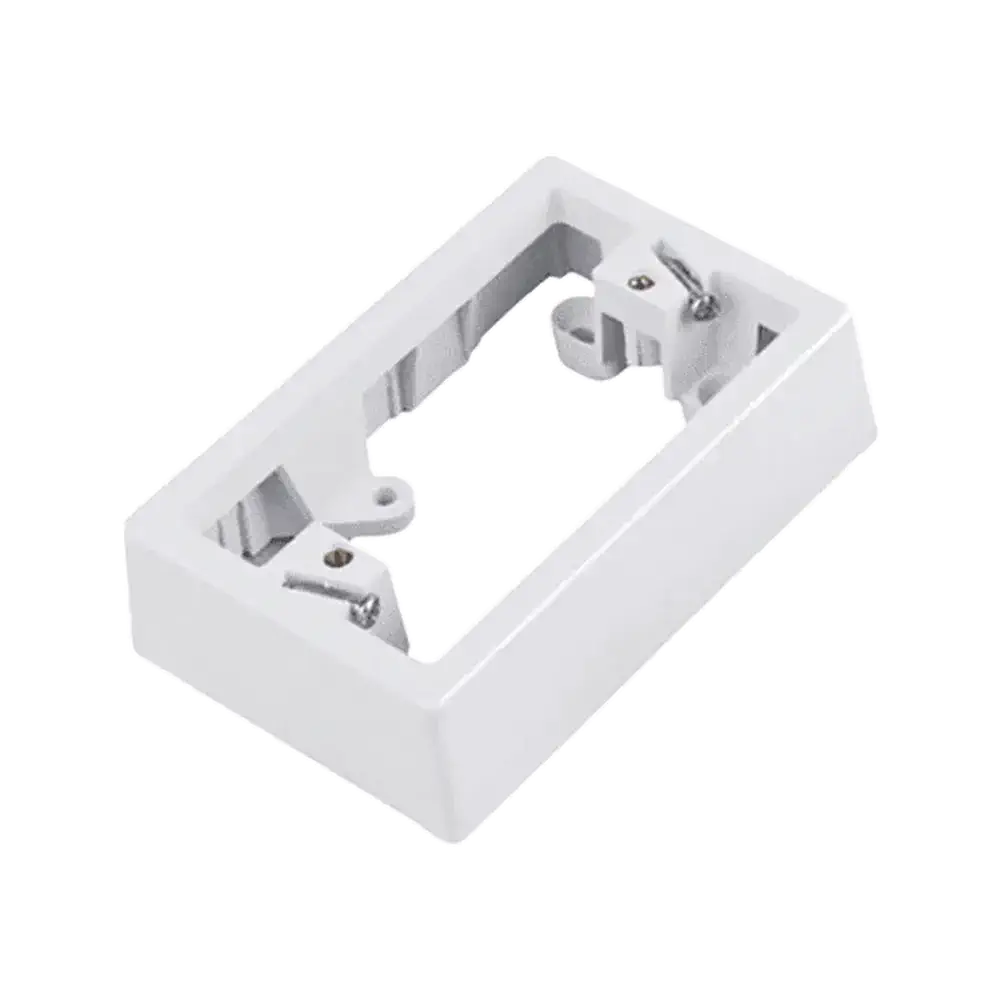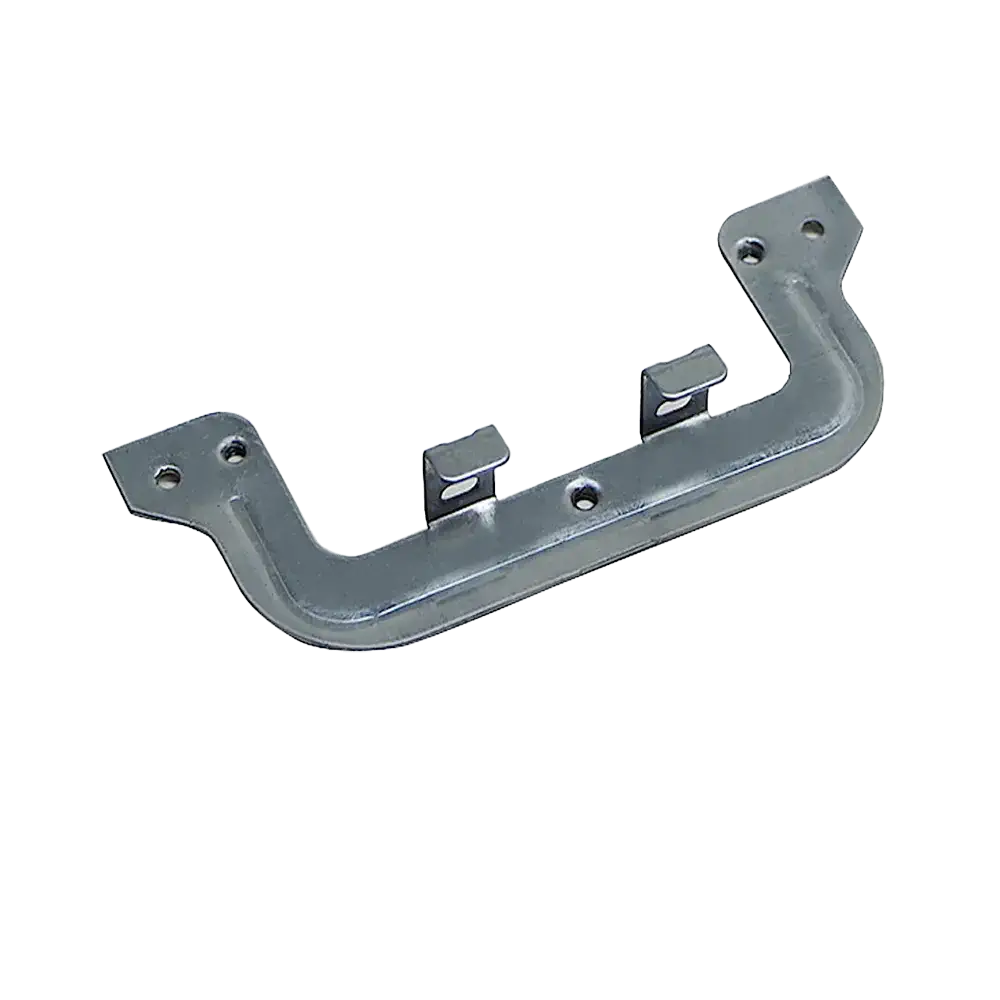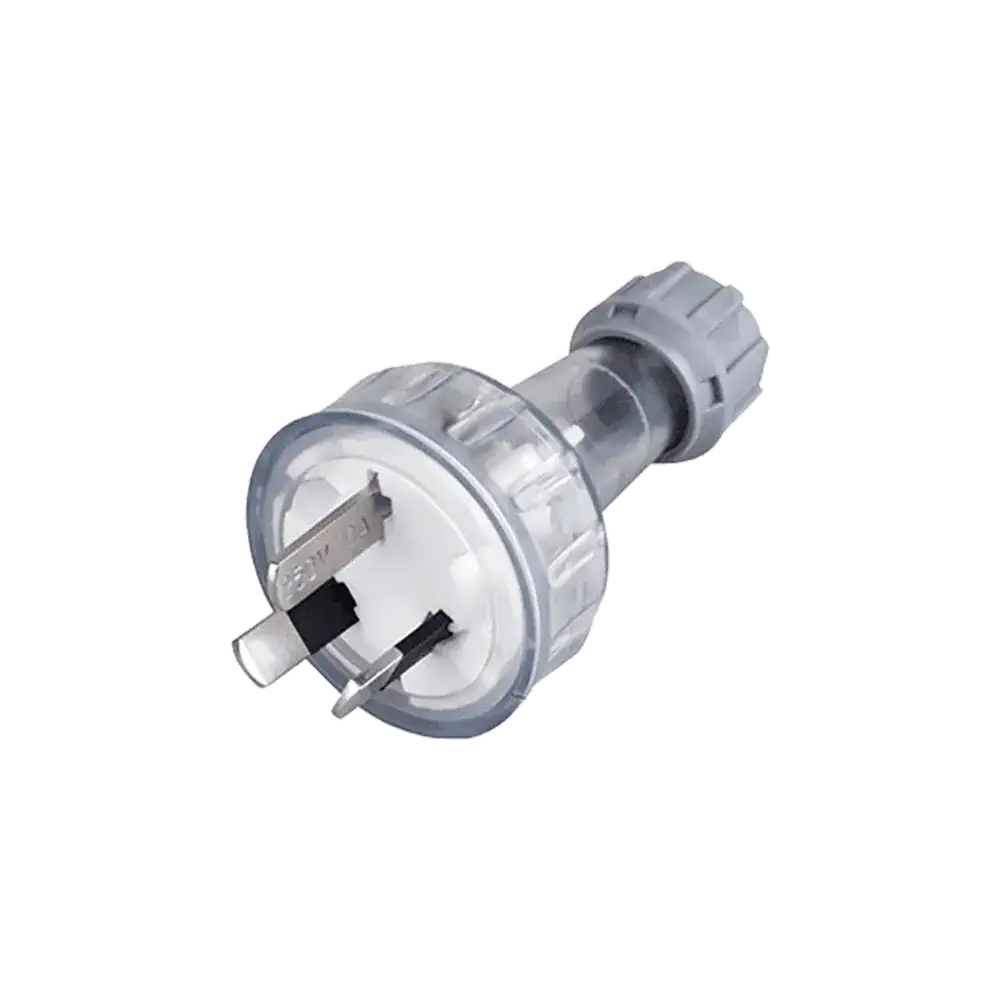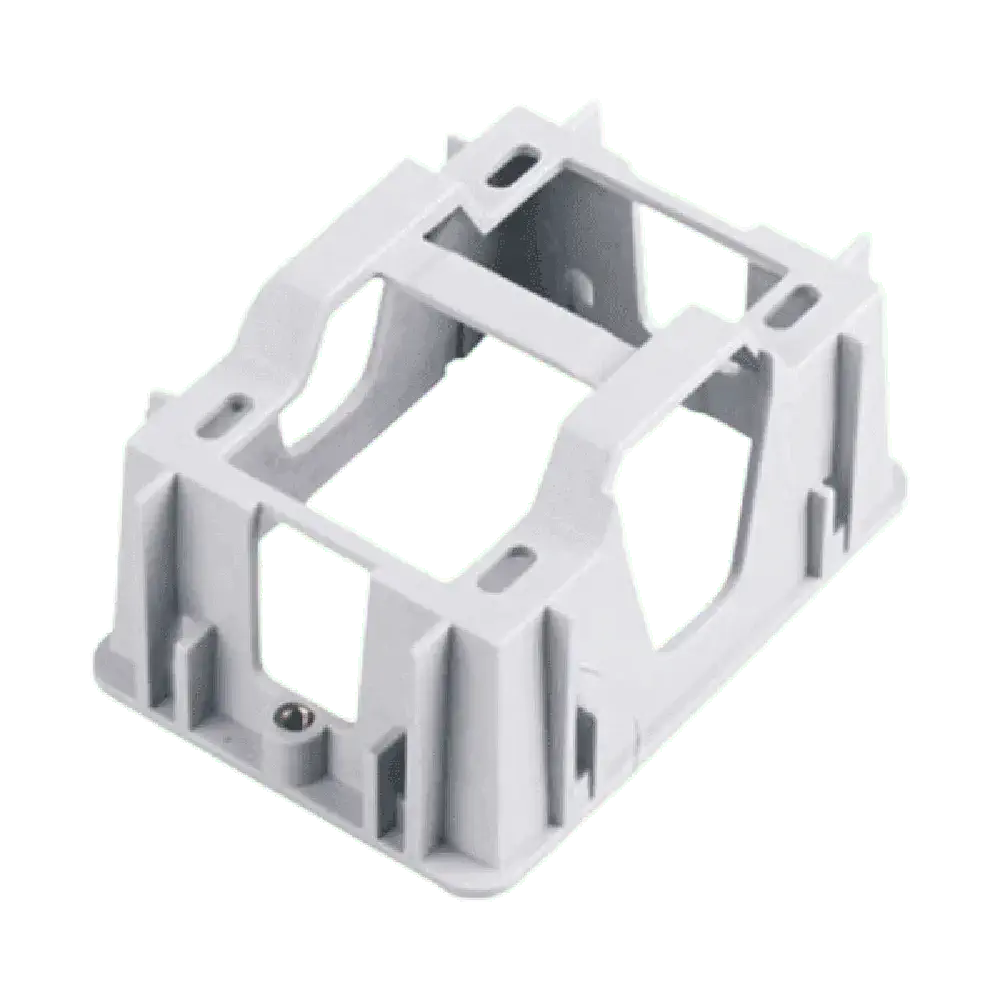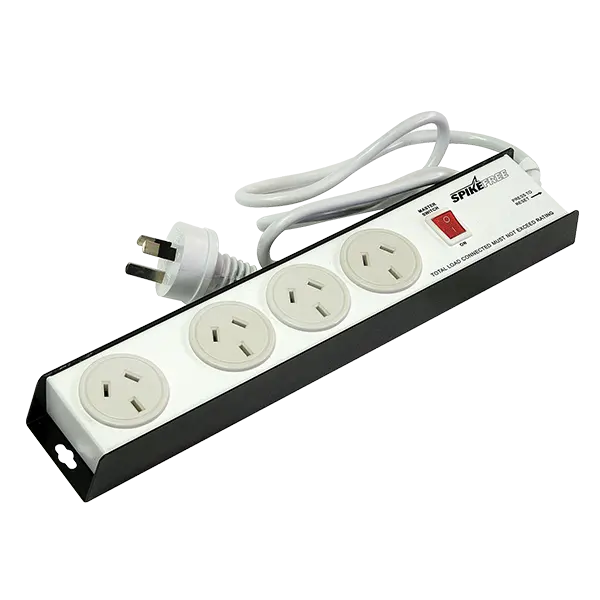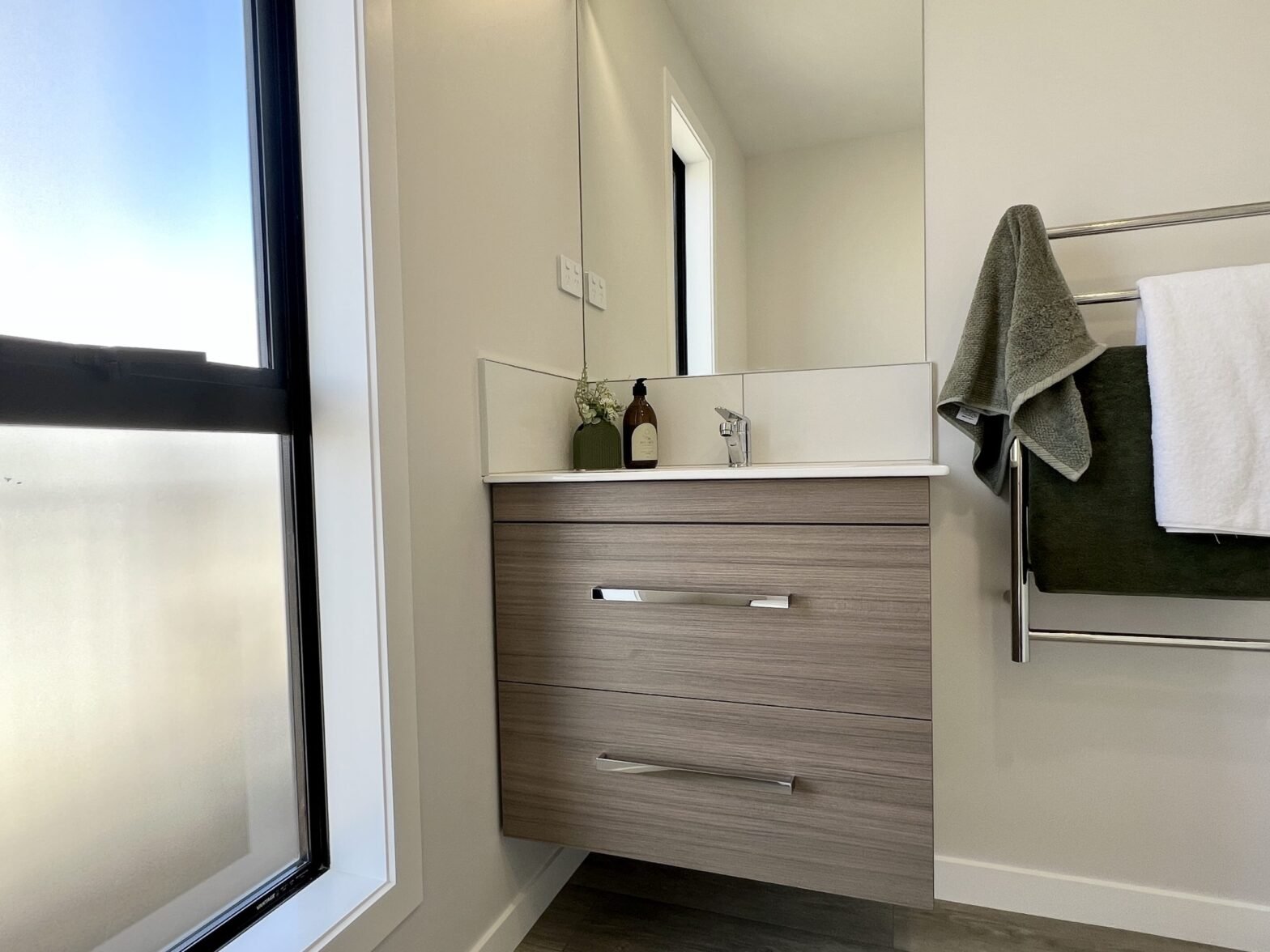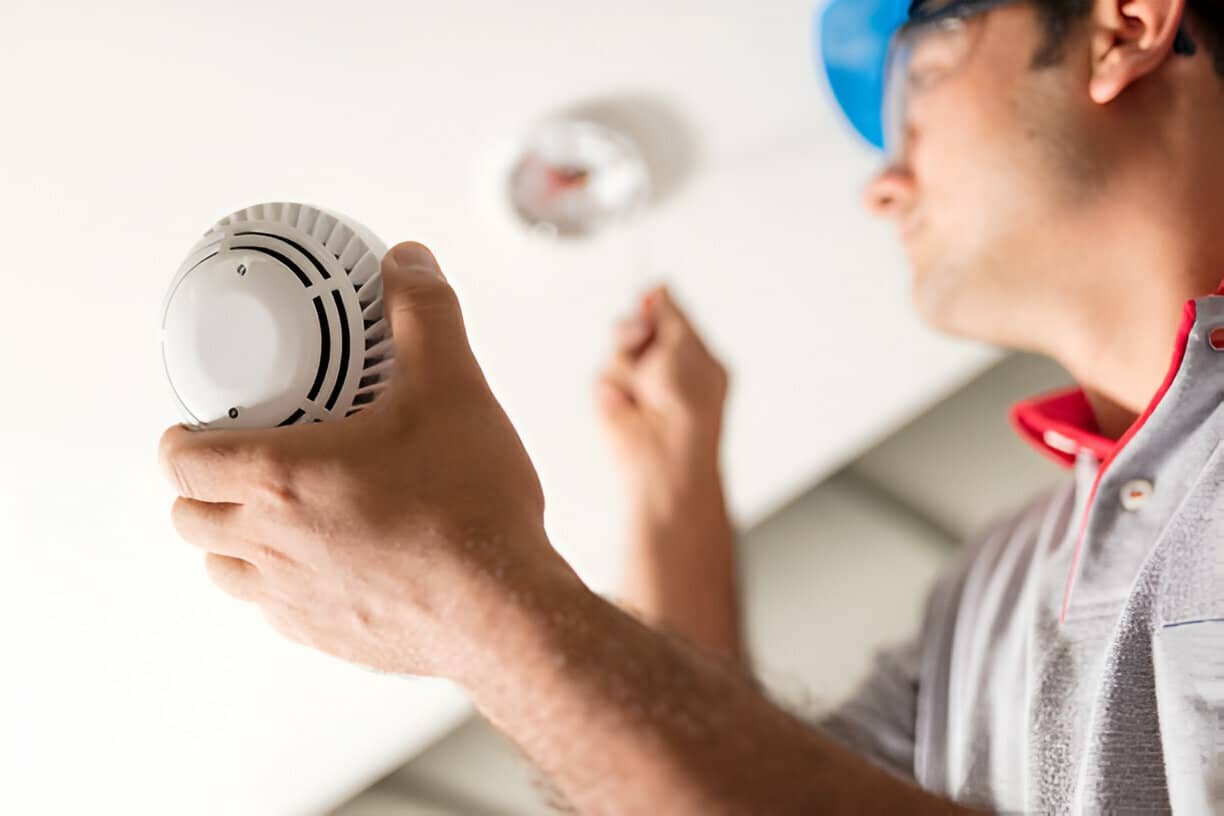Light switches are essential components of any indoor or outdoor lighting system, providing effortless control over electricity to brighten our spaces. Over the years, light switch designs have advanced from simple single-pole switches to innovative smart switches, offering greater convenience and functionality.
Choosing the right light switches for your needs requires understanding the various types available and their uses. Factors such as functionality, design, and budget are key in selecting the ideal option.
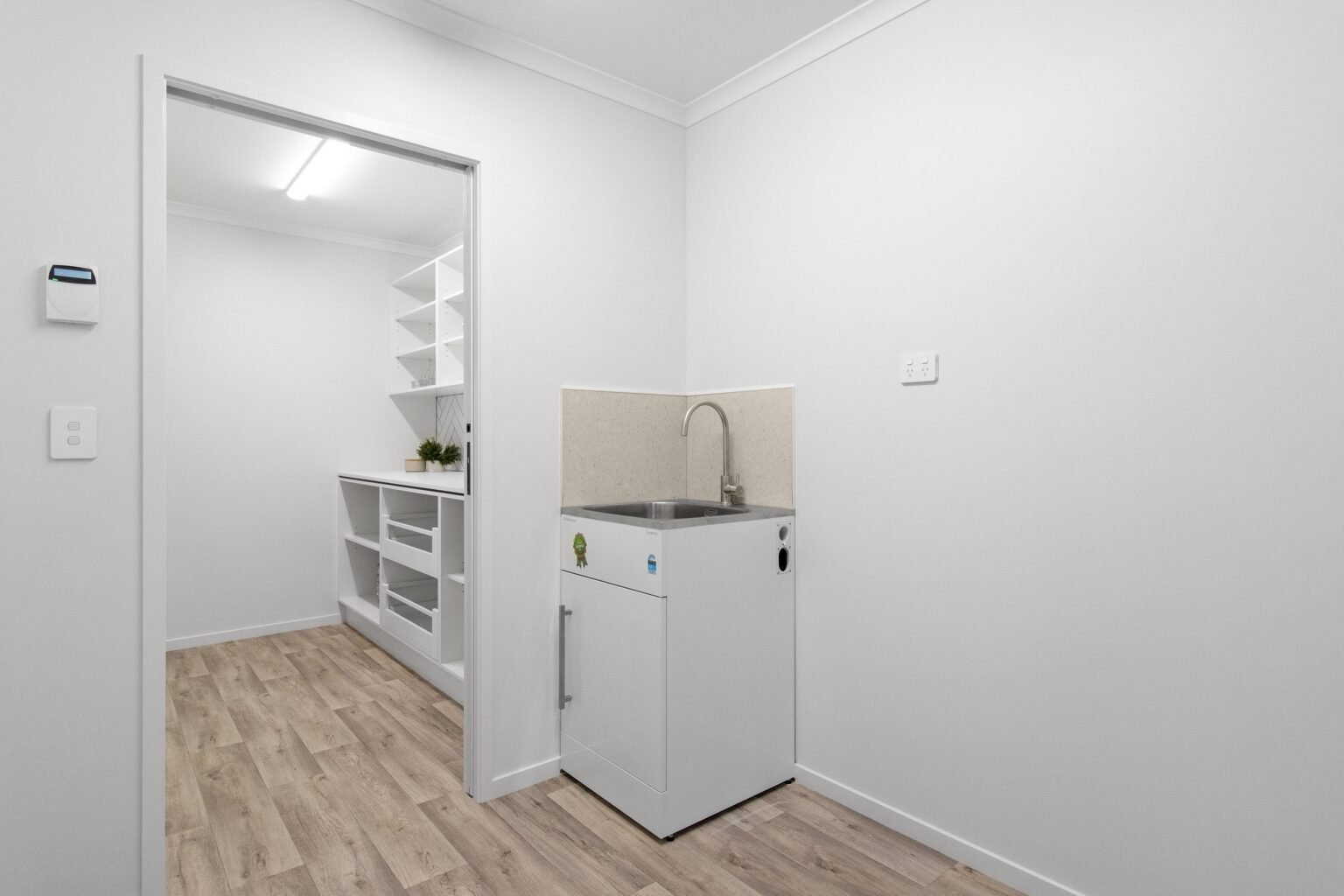
Types of Electrical switches are usually used for domestic applications in New Zealand.
Single pole light switch:
Single-pole light switches are the most commonly used type, designed to control a single light or group of lights from one location. They are perfect for straightforward on/off control in most homes.
Double pole light switch:
Double-pole switches, on the other hand, are used for 240-volt circuits, typically for heavy appliances like water heaters and are rarely used for standard lighting.
Three Way Switch:
Three-way switches allow control of a single light or group of lights from two different locations, making them ideal for staircases, hallways, or rooms with multiple entry points.
Dimmer Switch:
Dimmer switches offer the flexibility to adjust light brightness, creating the perfect ambiance for dining rooms, bedrooms, and living areas.
Motion Sensor Switch:
Motion sensor switches are highly practical in areas like bathrooms and closets, where lights often get left on. They detect movement and turn lights on automatically, switching them off after a set period.
Smart Switch:
Smart switches take lighting control to the next level, allowing remote operation via smartphone apps or voice commands. These switches integrate seamlessly with smart home systems for advanced automation and scheduling.
Explore the diverse range of light switches to find the perfect solution for your lighting system, balancing functionality, style, and convenience.
Things to consider when buying the light switches
Safety and Compliance: Ensure the switch meets local electrical safety standards and is certified for use in your area. This is crucial to prevent electrical hazards.
Durability and Quality: Choose switches made from high-quality materials to ensure they last longer, especially in high-traffic areas or environments prone to wear and tear.
Ease of Use: Consider the ease of operation, especially for those with limited mobility or elderly individuals. Look for switches with user-friendly designs, such as larger toggles or rocker switches.
Control Options: For added convenience, some switches offer additional control options like voice activation or app integration, which may enhance functionality, especially in smart homes.
Maintenance and Cleaning: Look for switches that are easy to maintain and clean, particularly if you have a busy household or commercial space. Smooth, flat surfaces are easier to wipe down compared to more textured designs.
Warranty and Support: Check for a warranty or customer support services, especially for more expensive switches like smart models. A warranty provides peace of mind in case of product defects or issues.
Slimline V Classic Light Switches
The primary difference between classic and slimline switches lies in their design, size, and aesthetic appeal. Slimline switches feature a sleek, minimalist design with a thinner plate, typically around 4.5mm, giving them a modern and refined appearance. Their compact size makes them perfect for contemporary interiors, where a clean, streamlined look is desired.
On the other hand, classic switches are typically bulkier with a thicker plate and more traditional design. These switches offer a more substantial presence on the wall, often reflecting a vintage or ornate style that suits more traditional or classic settings. While slimline switches focus on simplicity and modernity, classic switches have a more conventional, robust look that adds character to traditional spaces.
How does a light switch work?
A light switch controls the electrical current in a lighting circuit. When the switch is in the “on” position (closed), the circuit is completed, allowing the current to flow to the light bulb, which turns it on. When the switch is in the “off” position (open), the circuit is interrupted, stopping the flow of electricity and turning the light off.
When should I use a dimmer switch?
Dimmer switches are available in various styles, such as touch, slide, and rotary, with rotary dimmers being the most widely used. To adjust the light intensity with a rotary dimmer, you simply rotate the dial clockwise or counterclockwise.
How do I choose the right light switch for my home?
Consider factors like the location of the switch, the style of your home, the functionality you need (e.g., dimmers, motion sensors), and your budget.





